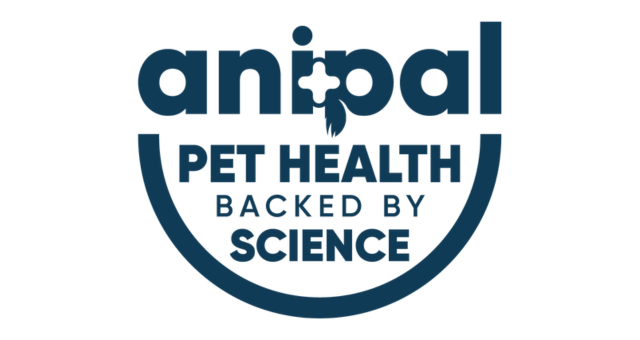
Our canine companions can experience symptoms of anxiety just like humans do. It's crucial for pet parents to be aware of the signs of anxiety and take steps to alleviate their distress. In this blog post, we will explain how to identify the signs of canine mild anxiety and provide strategies to improve your dog's symptoms for a happier and more relaxed furry friend.
Signs of anxiousness in dogs:
- Excessive Panting and Pacing: Dogs may pant excessively and pace around when they are anxious. These behaviors are often accompanied by restlessness and an inability to settle down.
- Trembling or Shaking: Shivering or shaking is a common sign of anxiety in dogs. You may notice your dog trembling in situations that trigger anxiety symptoms, such as during thunderstorms or fireworks.
- Excessive Licking or Chewing: Dogs may engage in repetitive behaviors like excessive licking or chewing, especially targeting their paws or other parts of their body to self-soothe when they are feeling anxious.
- Aggression or Destructive Behavior: Anxiousness can lead to aggressive behaviors or destructive tendencies, such as biting, growling, or excessive scratching. These actions are often a result of fear or frustration caused by anxiety.
- Avoidance or Hiding: Dogs with anxiety may try to escape or hide from triggering situations. They may seek out confined spaces or attempt to run away to find a sense of security.
Strategies to Improve Symptoms of Anxiety:
- Create a Safe Space: Provide a designated safe area in your home where your dog can retreat when they feel anxious. This could be a crate, a specific room, or a comfortable bed with familiar items. Make this space cozy, appealing, and encourage your dog to use it as their sanctuary.
- Establish a Routine: Dogs thrive on routine and predictability. Establish a consistent daily schedule for feeding, exercise, and playtime. A structured routine can help alleviate anxiety by providing a sense of stability and security.
- Positive Reinforcement Training: Use positive reinforcement training techniques to build your dog's confidence and reinforce calm behavior. Reward your dog with treats, praise, and affection when they exhibit relaxed and calm behavior, gradually desensitising them to anxiety-inducing stimuli.
- Engage in Regular Exercise: Regular physical exercise helps reduce symptoms of anxiety and promotes overall well-being in dogs. Engage in daily walks, play sessions, or other forms of exercise that suit your dog's breed and energy level. Exercise releases endorphins, which are natural mood enhancers.
- Provide Mental Stimulation: Keep your dog mentally stimulated with puzzle toys, interactive games, and training sessions. Mental enrichment helps redirect anxious energy and engages their mind, promoting relaxation and focus.
- Consider Calming Treats or Dental Sticks: Using natural calming tools such as our Calm Dental Sticks for Anxious Dogs or our Calm Treats for Anxious Dogs can help ease your dog's symptoms of anxiety.

- Seek Professional Help if Needed: If your dog's anxiety symptoms persist or worsens despite your efforts, consult with a professional, such as a certified dog behaviorist or a veterinarian with experience in behavioral issues. They can provide tailored advice and develop a comprehensive treatment plan for your dog's specific needs.

Recognising symptoms of anxiety in dogs is the first step toward helping them lead happier and more comfortable lives. By implementing strategies such as creating a safe space, establishing routines, positive reinforcement training, providing mental and physical stimulation, and seeking professional guidance, you can improve your dog's signs anxiety and promote their overall well-being. Remember, patience, understanding, and a loving approach are key.
Always read the label. Intended for occasional or supplemental feeding. For further advice or directions, contact your veterinarian or animal health professional. For animal consumption only.







